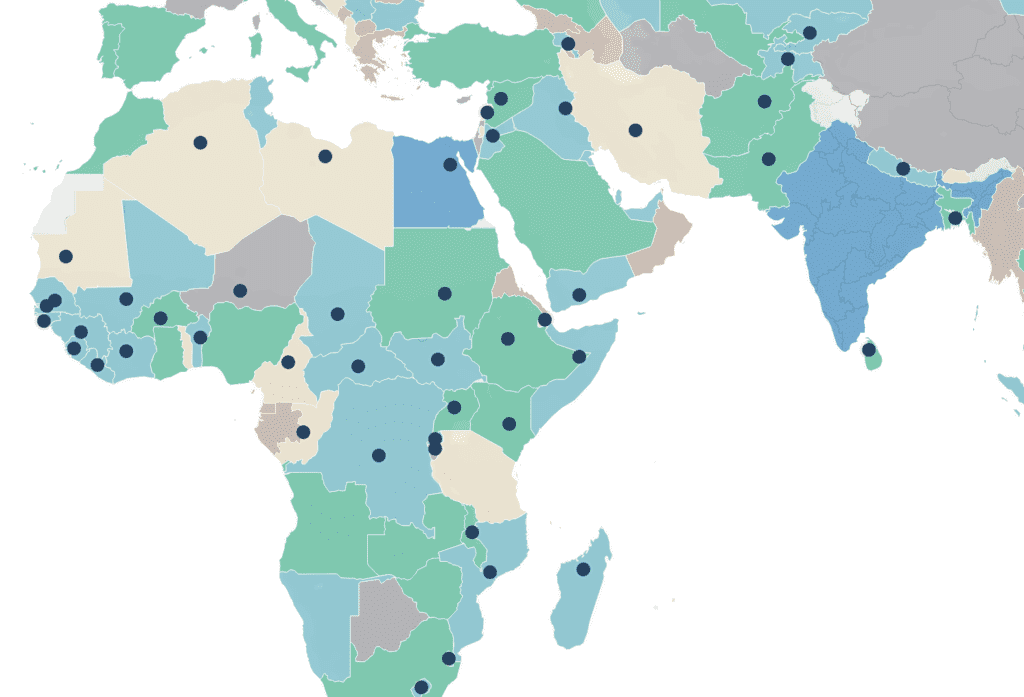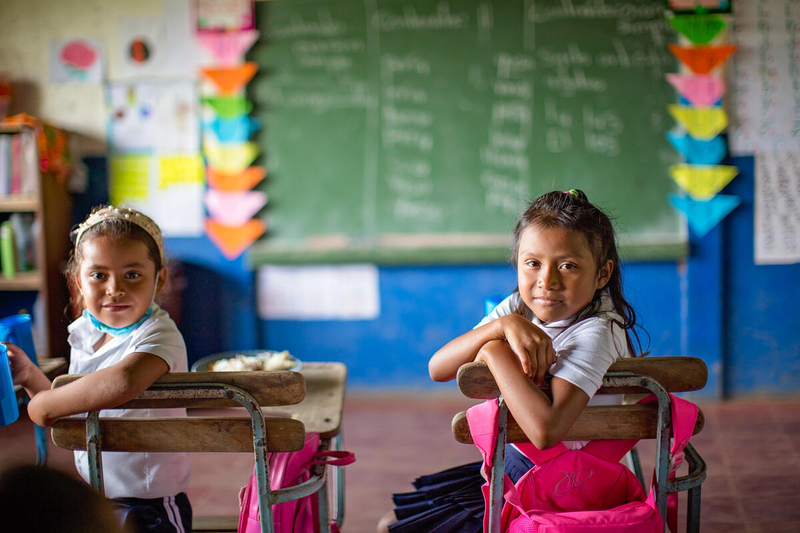
School Meals
WFP is the world’s largest provider of school meals, helping children around the world stay in school.
Education, Health & Nutrition
Children from vulnerable families are often pulled out of school when they are needed to work at home. A daily school meal can be a strong incentive for families to keep them in the classroom.
child brides in developing countries have no formal education
increase in girls’ enrollment rates when they receive school meals and take-home rations
can give a child school meals for a whole year
School feeding goes far beyond the plate of food
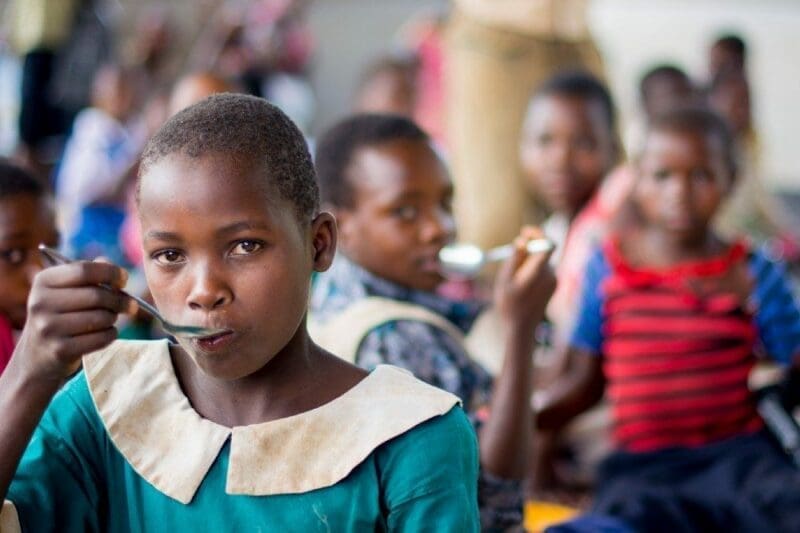
Education
School feeding programs can help get children into school and help them stay there; studies have shown programs can increase enrollment by an average of 9%. In Bangladesh, fortified biscuits have improved school enrollment by 14.2% and reduced the probability of drop-outs by 7.5%. In Madagascar, attendance rates increased from 88% to 98% over two years after the introduction of take-home rations.
Photo: WFP/Raul Saenz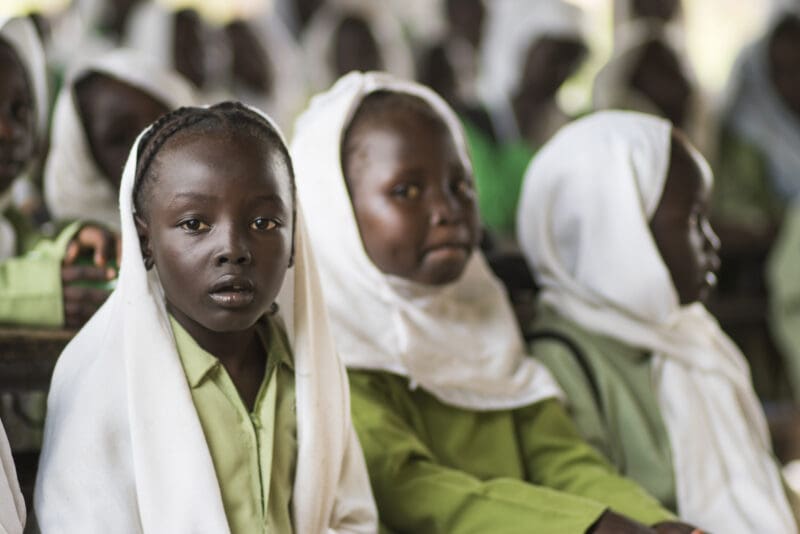
Gender Equality
A meta-analysis of school meals programs across 32 sub-Saharan countries showed on-site meals combined with take-home rations (THRs) increased the enrollment of girls by 12%. In Madagascar, THRs have proven to reduce dropout rates, particularly for adolescent girls, by over 40%. In Northern Uganda, school meals and THRs were found to reduce anemia prevalence in girls ages 10–13 by 17% – 20%.
Photo: WFP/Ala Kheir
Health and Nutrition
Well-designed school feeding programs can promote macronutrient and micronutrient improvements in children’s diets, leading to enhanced nutrition and health, decreased morbidity and increased learning capacities. Fortified school meals or snacks consistently reduce anemia prevalence and improve micronutrient status (in particular iron, vitamin A, iodine and folate).

Social Protection and Safety Nets
School feeding programs can reduce poverty by boosting income for households and communities. For families, the value of meals in school is equivalent to about 10% of a household’s income. For families with several children, that can mean substantial savings. Linking local production to local consumption creates a stable and predictable market for local small-scale farmers, around 70% of whom are women.
Photo: WFP/Martin Karimi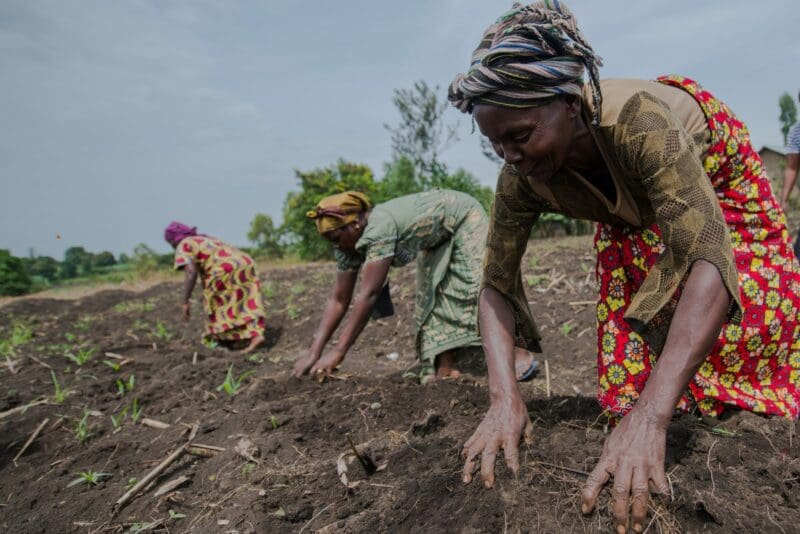
Local Economies and Agriculture
Buying local food creates stable markets, boosts local agriculture, impacts rural transformation and strengthens local food systems. In Brazil, for example, 30% of all purchases for school feeding come from small-scale agriculture. These farmers are often parents with schoolchildren, helping them break inter-generational cycles of hunger and poverty.






Coronavirus & School meals
At the peak of school closures, the COVID-19 crisis pushed hundreds of millions of kids out of the classroom in 199 countries – cutting off their access to crucial school meals. This had huge implications for students’ learning, health and nutrition. As schools reopen, WFP continues to ensure kids and their families get the food they need and is working with governments to provide take-home rations, home food delivery and cash or vouchers where needed.
During the Pandemic
We’re innovating to find ways to keep out-of-school kids fed. Check out our interactive solutions map showing the 37 countries WFP is working with to bridge the gaps, how many children we’re reaching, and how exactly we’re doing it
SChool Meals Around the World
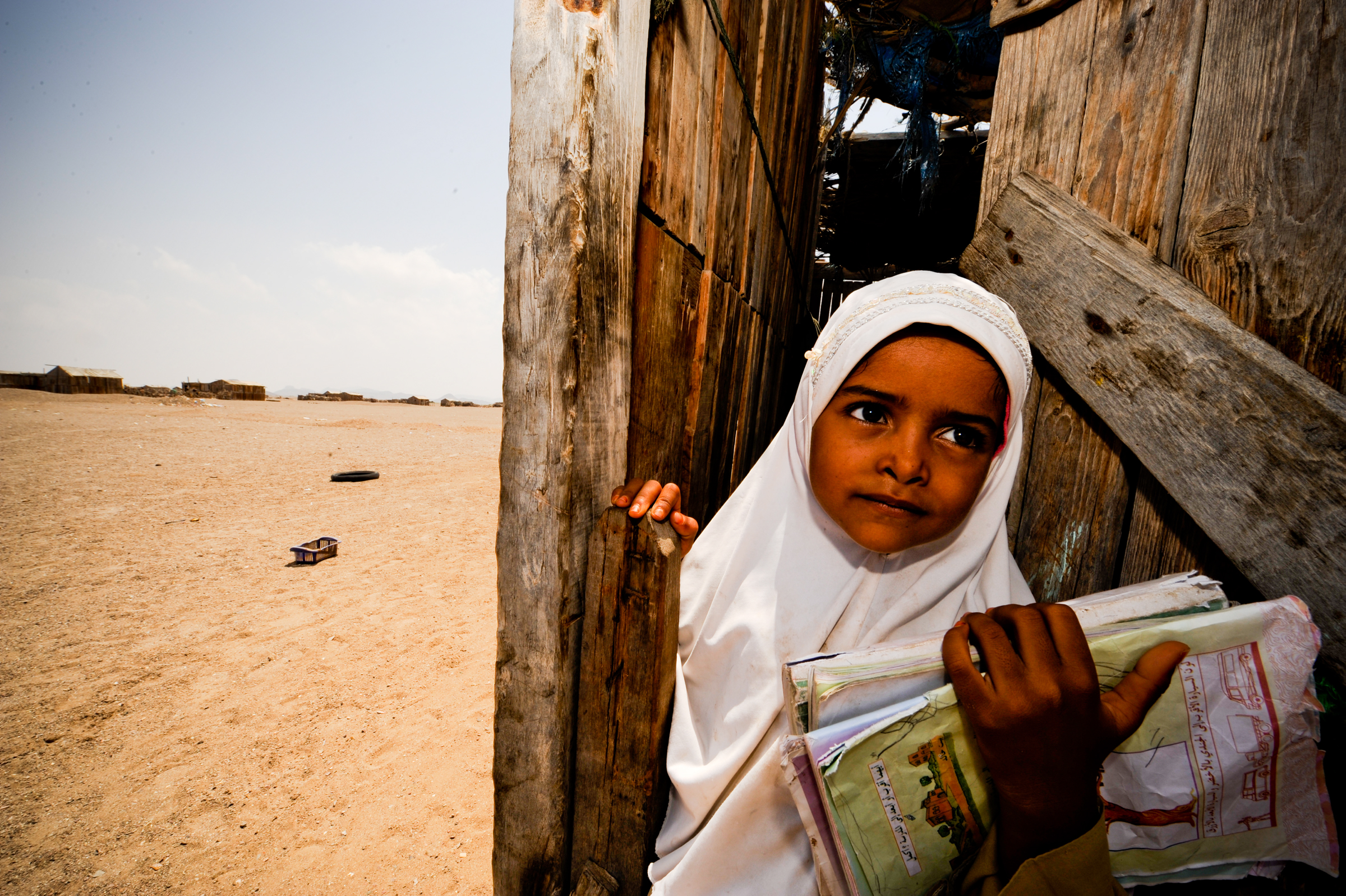
While most Yemenis don’t know where their next meal will come from, WFP’s school meals program provides Yemeni children with critical calories and nutrition they can depend on.

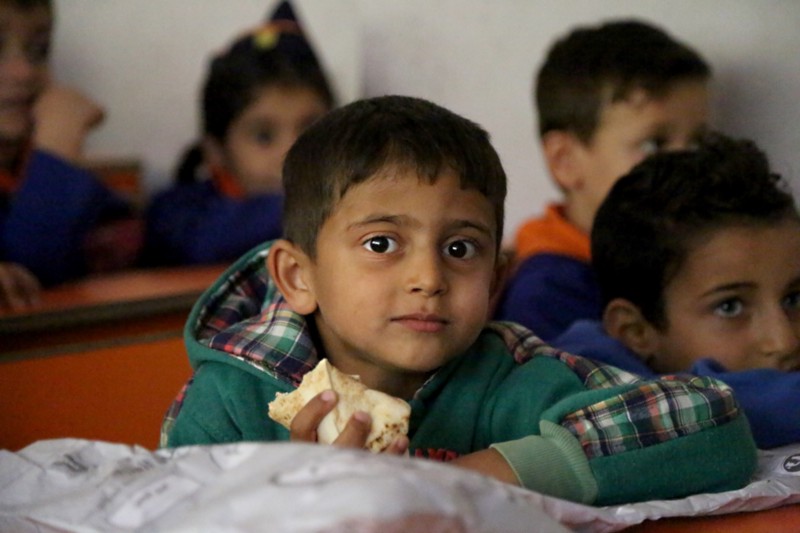
The school meals program in Aleppo employs 50 widowed women and has added $1.3M to the economy. Local farmers supply 880 pounds of food every day that’s made into meals.


In Rwanda, 33% of children under five are chronically malnourished. WFP provides daily meals to over 80,000 school children in 104 schools located in the most food-insecure areas.

Every day, countless children across the globe turn up for school on an empty stomach, which makes it hard to focus on lessons. Many simply do not go, as their families need them to help in the fields or around the house.
Help break the inter-generational cycle of hunger and poverty that affects the world’s most vulnerable areas by helping children get better access to education and nutrition.
